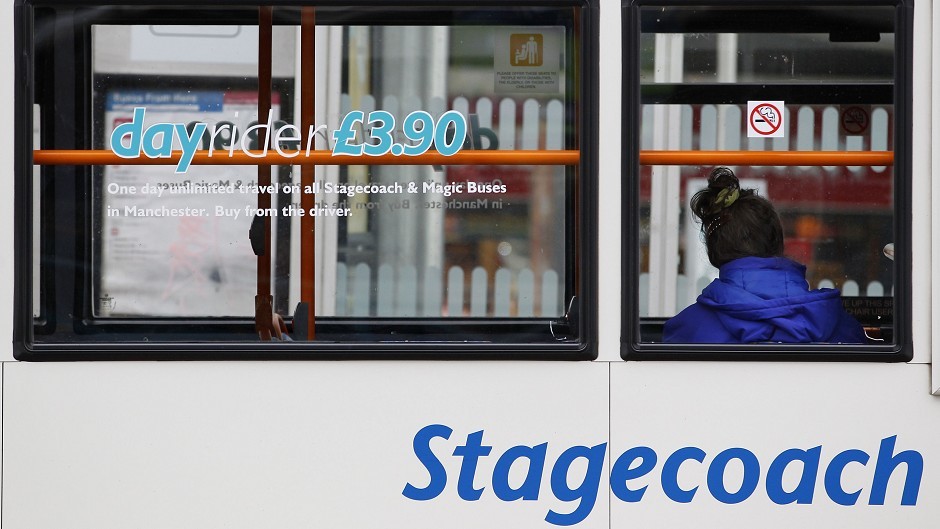A Highland bus operator has said it expects traffic snarl-ups in Inverness to boost its income in the coming years.
In its latest full year report, Highland Country Buses (HCB) said a rising population and concern for the environment would also convince more people to ditch their cars in favour of public transport.
Inverness Chamber of Commerce (ICC) said commuter rail routes in and around the city had improved in recent years and there was no reason buses could not play a bigger role in alleviating rush hour misery.
HCB, which operates a fleet of 190 buses and employs 340 people, provides public transport services around Inverness, Orkney and the surrounding area, carrying more than 20,000 passengers a day.
The company – part of Scottish transport giant Stagecoach Group – chalked up pre-tax profits of £2million for the 12 months to April 30, 2015, up from £1.5million a year earlier. Revenue grew by £1.4million to £19.8million.
HCB put its strong performance down to a combination of low fares, investment in new vehicles and a focus on customer service.
The firm said trading for the current financial year was broadly in line with expectations but it faced “strong headwinds” in light of local government spending cuts.
HCB operates tendered services, including school contracts, on behalf of councils and other public bodies.
But the company’s outlook remained positive due to a conviction that more people will rely on public transport to get to and from work in future.
A spokeswoman for Perth-based Stagecoach, which took over HCB following its buyout of Rapsons in 2008, said congestion in Inverness was a challenge for road users and that buses were a hugely important resource in tackling the problem.
The spokeswoman said it was the responsibility of operators and local authorities to come up with solutions, including an increase in the number and length of bus lanes.
She added: “Buses can often get caught in the same traffic congestion as other road users, and we would urge local councils to be proactive in delivering bus priority solutions in towns and cities.”
ICC chief executive Stewart Nicol said Inverness had seen increases in population and road use by cars for decades, causing “significant” congestion within the city.
Commuters were open to taking the bus to work but services had to be up to scratch, Mr Nicol said, adding: “You need sufficient routes and frequency to give people confidence to leave their cars at home and use buses.”
